Scaling Up: Fermentation Tanks for Commercial Breweries
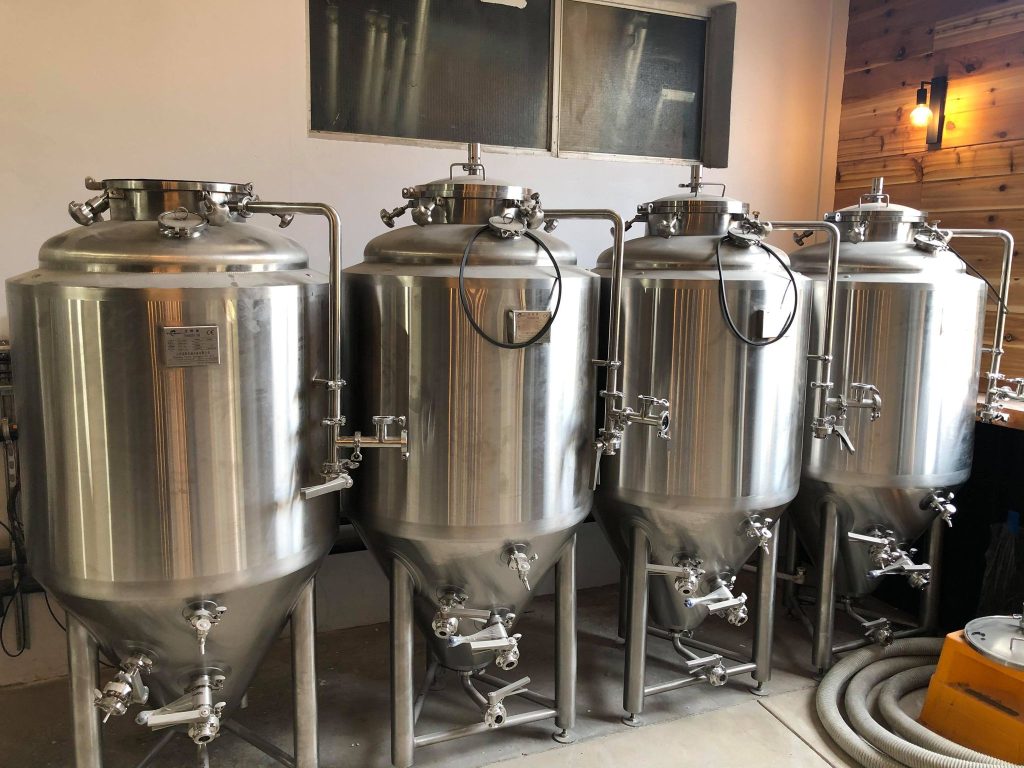
As your brewery grows, so does the need for high-quality equipment to ensure efficiency and consistency. Fermentation tanks are a crucial component in scaling up your brewery operations. Choosing the right fermentation tanks can impact the quality of your beer, production speed, and overall business success. In this article, we’ll explore key factors to consider when selecting fermentation tanks for commercial breweries.
1. The Role of Fermentation Tanks in Brewing
Fermentation tanks are where the magic happens. After brewing, the wort is transferred to the fermentation tank, where yeast converts sugars into alcohol and carbon dioxide. This process affects the beer’s flavor, clarity, and stability. In a commercial brewery, it’s essential to choose fermentation tanks that offer precise control over temperature and conditions to produce consistent, high-quality beer on a larger scale.
2. Types of Fermentation Tanks for Commercial Breweries
There are various types of fermentation tanks to consider, depending on your brewing process and beer styles. The two most common types are:
- Conical Fermentation Tanks: These tanks are widely used in commercial brewing. Their conical shape allows for efficient yeast collection, making it easier to harvest or reuse yeast. The design also helps with sediment removal and better beer clarity. Conical tanks are suitable for both primary fermentation and conditioning, which makes them ideal for large-scale operations.
- Cylindrical Fermentation Tanks: These are typically used for lagering or fermenting larger volumes of beer. Their cylindrical shape provides ample space for fermentation and precise temperature control. Cylindrical tanks are often used for brewing large quantities of beer and are ideal for breweries producing lager-style beers that require longer fermentation periods.
3. Tank Size and Capacity
As your brewery grows, so will your fermentation needs. Commercial breweries often need fermentation tanks with larger capacities, ranging from 7 barrels to 100+ barrels. When choosing the right size, consider your brewery’s current production volume and future growth. It’s essential to have enough tank space to meet demand without overloading your brewing capacity.
Smaller breweries may start with tanks around 7-15 barrels, but larger operations may require tanks in the 30-50 barrel range. If you anticipate scaling up in the future, investing in larger fermentation tanks now can help you avoid costly upgrades later.
4. Material and Durability
Fermentation tank for commercial breweries are typically made from stainless steel. Stainless steel is durable, corrosion-resistant, and easy to clean, which is essential for maintaining high sanitation standards. Food-grade stainless steel (304 or 316) is recommended for all fermentation tanks, as it ensures the best quality and safety for beer production.
Durability is key in commercial brewing, as fermentation tanks are used continuously. A high-quality stainless steel tank will withstand wear and tear, allowing for long-term use without affecting the flavor or integrity of your beer.
5. Temperature Control Features
One of the most critical aspects of fermentation is temperature control. Yeast behaves differently at different temperatures, which directly influences the final product. For consistent beer quality, temperature control is essential.
Commercial fermentation tank often feature built-in cooling jackets or glycol lines, which allow you to maintain a constant fermentation temperature. Depending on the type of beer being produced, temperature control can range from 45°F for lagers to 65°F or higher for ales. Tanks with automated temperature regulation systems will reduce the risk of fermentation issues and ensure optimal results.
6. Ease of Cleaning and Maintenance
In a commercial brewery, efficiency and hygiene are paramount. Fermentation tanks should be easy to clean and maintain. Tanks equipped with CIP (clean-in-place) systems are ideal for commercial breweries, as they allow for quick and thorough cleaning without disassembling the equipment.
Additionally, look for fermentation tank with access hatches or manways. These features make it easier to inspect and clean the interior, reducing the likelihood of contamination or bacteria buildup, which could spoil your beer.
7. Cost and ROI
Investing in fermentation tank is a significant decision for any commercial brewery. While it’s important to stay within budget, quality should be a priority. A high-quality fermentation tank will not only help produce better beer but will also improve the efficiency of your brewing process.
Consider the return on investment (ROI) over the long term. Higher-quality tanks may have a higher initial cost but will save money on maintenance, repairs, and potential quality control issues. It’s also important to factor in operational costs, such as energy use and maintenance.
8. Choosing the Right Supplier
When purchasing fermentation tank, it’s essential to work with a reputable supplier who understands the needs of commercial breweries. Look for suppliers with experience in the brewing industry and a history of providing quality equipment. A reliable supplier can offer guidance on tank selection, installation, and ongoing support to ensure your brewery’s success.
Ensure the supplier provides warranties and after-sales service to protect your investment. A good relationship with your supplier can lead to better deals and faster resolutions of any equipment-related issues.
Conclusion
Choosing the right fermentation tank is a critical decision when scaling up your commercial brewery. With the right tanks, you can improve beer quality, increase production efficiency, and meet growing demand. By considering factors like tank type, size, material, temperature control, and ease of maintenance, you can find the ideal fermentation tanks to suit your brewery’s needs.
Investing in high-quality fermentation tanks will pay off in the long run, supporting your brewery’s growth and ensuring the consistency and excellence of your beer. Partnering with a reliable supplier will also help you stay ahead of any challenges, ensuring that your brewery continues to thrive.
Key Takeaways:
- Choose between conical and cylindrical fermentation tank based on your brewing process.
- Select a tank size that matches your current and future production needs.
- Prioritize temperature control, material quality, and ease of maintenance.
- Work with a trusted supplier for expert guidance and support.
By following these steps, you can successfully scale up your brewery with the right fermentation tanks for consistent, high-quality beer production.
https://www.tcbrewbeer.com/en/1000l-fermentation-tank/
https://www.tcbrewbeer.com/en/7bbl-fermentation-tank/
https://www.tcbrewbeer.com/en/80bbl-fermentation-tank/
https://www.tonsenbrewing.com/products-fermenting-system-for-beer-brew.html
Related recommendations
High-Quality Brewery Equipment for Your Brewing Needs
221Looking for brewery equipment? We're a leading manufacturer. Offer quality gear for breweries, with good materials and prices. Get a free quote!
View detailsThe Impact of Craft Beer Culture on Brewing Equipment Design
384Learn how craft beer culture shapes brewing equipment design with customization, sustainability, and automation trends.
View detailsTurnkey Brewing Systems: The Ultimate Guide for Aspiring Brewers
371Discover how Turnkey Brewing System simplify the brewing process and ensure professional results.
View details
 Shandong Tonsenbrew Co., Ltd.
Shandong Tonsenbrew Co., Ltd.

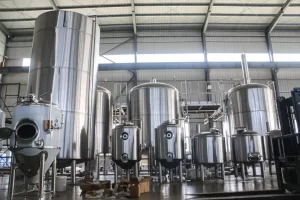
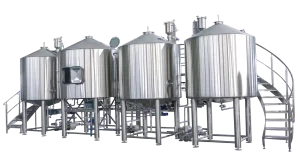
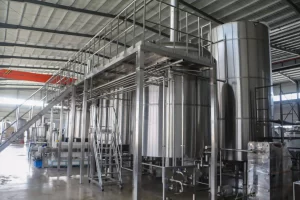
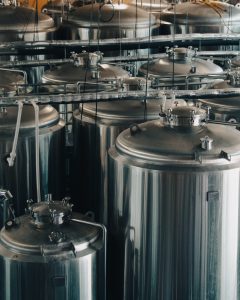
HelloPlease log in